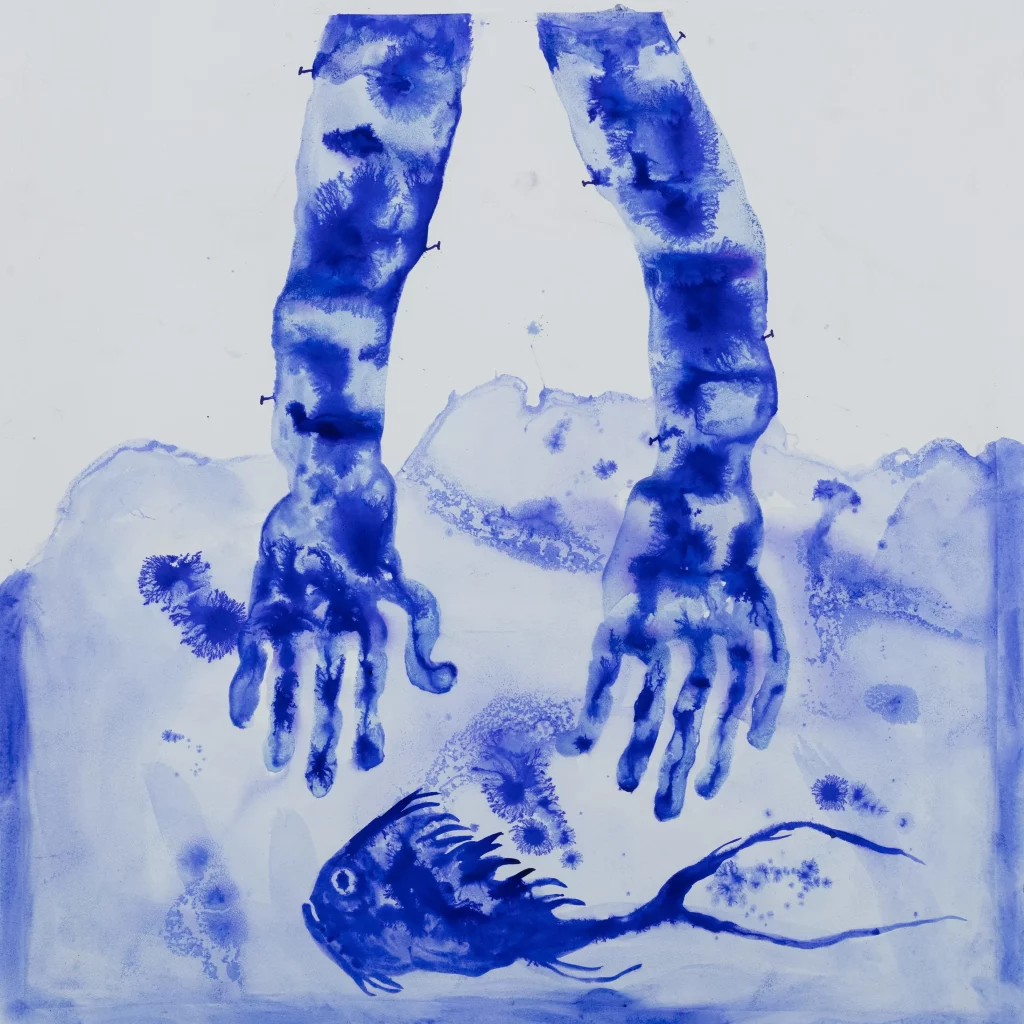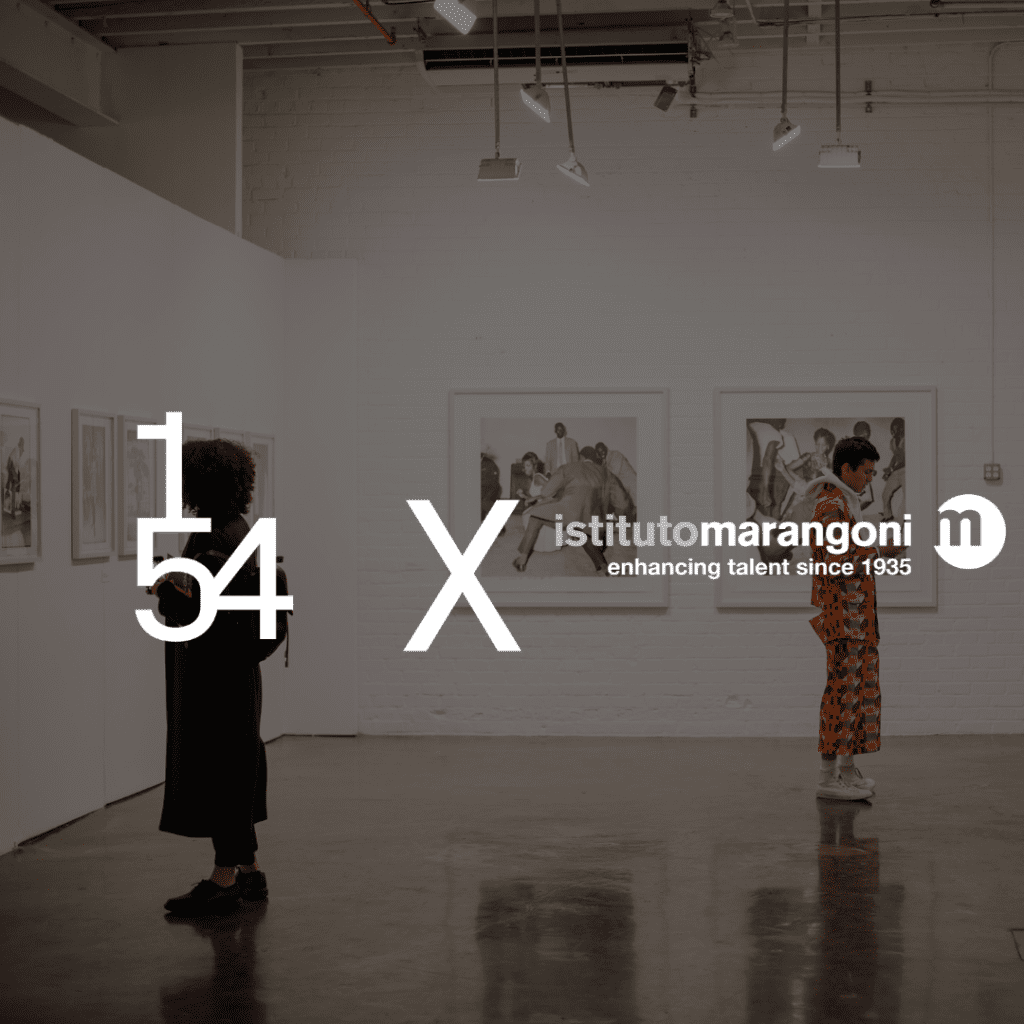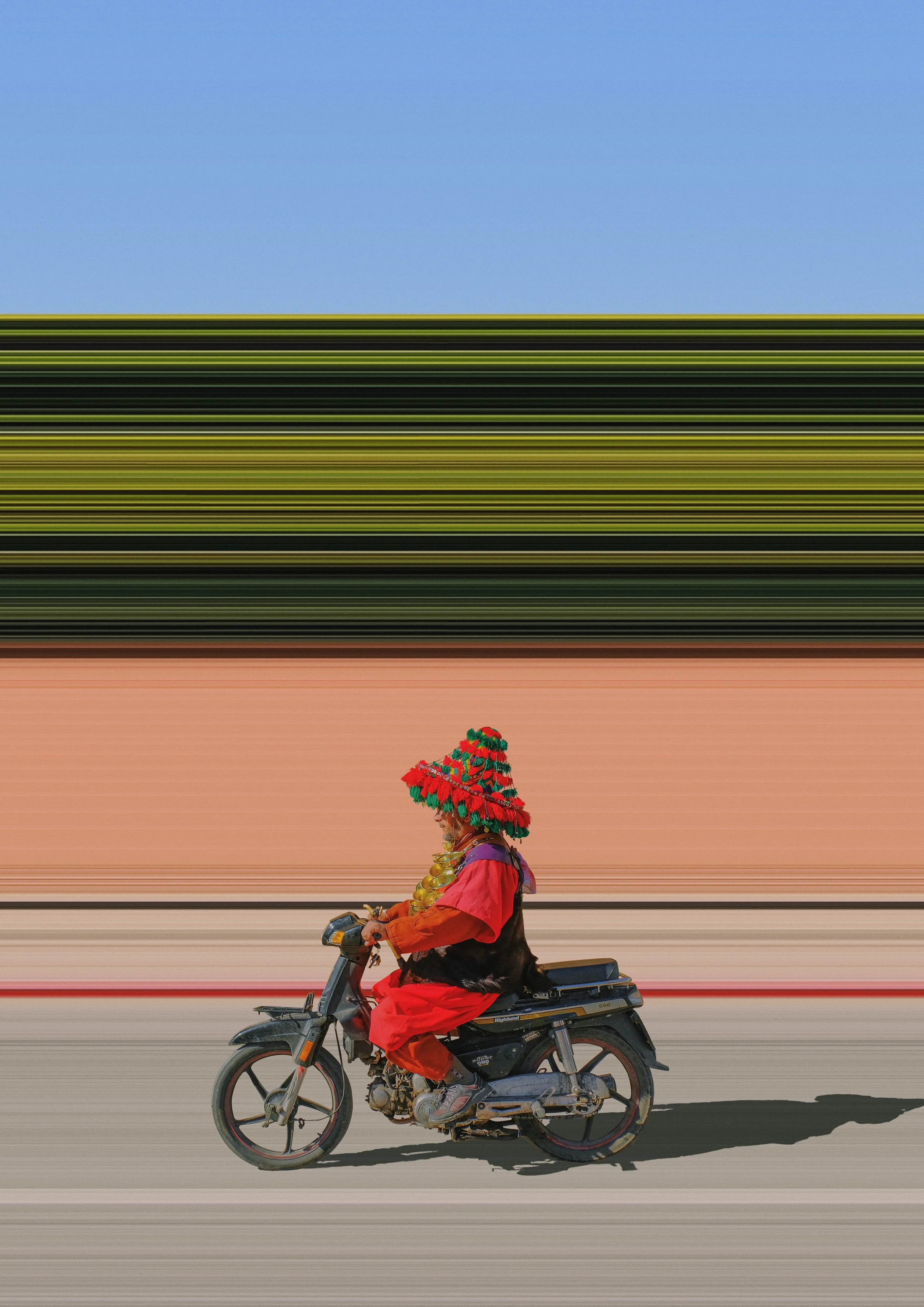Baudouin Mouanda was born in Ouesso, Congo. He began his career in 1993 when he studied law at the University of Brazzaville. He was columnist for local newspapers before he completed his first photographic series entitled “The Aftermath of the war”. He has received prizes from Academy of Fine Arts in Kinshasa, Blachère Foundation Prize and the Young talent support from Bolloré Africa Logistics. His work has been exhibited in several international exhibitions, and he often collaborates with several magazines including Jeune Afrique, Le Monde, l’Express styles, and Zam Magazine. In this interview with 1:54, Mouanda discusses his practice in national and international contexts.
Let’s begin with the beginning. How did you decide on photography?
My interest in photography started when I was in primary school. My father was a science teacher and would bring a camera to his lessons. He would show the students how the lens worked and I would often wait behind the door attempting to catch a glimpse. I was fascinated by how the lens worked.
Due to the political conflict in Congo at the time I didn’t attend school for two years. My father – aware of my fascination – took measures, promising a camera in return for passing my exams. I wasn’t particularly interested in school at that age, and yet I knew it was the only way to have a camera so I worked hard. This also caused conflict between my father and my mother because she didn’t wish to see me with a camera; she thought that Photography would be a dishonorable profession. They even forbade me from taking the camera to school, however I disobeyed and would wake early each morning to hide my camera in a derelict building by our house.
What kind of photography interested you at the time?
During this time I would read magazines weekly particularly Paris Match, from which I learnt a lot about photography. In my final year of high school, I had a little more freedom and so took part in my first Paris Match’s competition. I was selected. I had to lie about my age as the competition was for college students only, nevertheless I ended up in the final 10 among 1500 applicants, and was further selected in 2003, 2004 and 2005.
You are perhaps best known for your enigmatic photographic series of Congolese sapeurs. What drew you to document the sartorial subculture of urban Congo?
Around 2008 I started focusing on the lives of le Sapeurs as I was interested in the role of S.A.P.E in Brazzaville. In the 1990s against the backdrop of civil war, there were no cinemas in Brazzaville, no theatres or cultural centres; everything was destroyed.
With S.A.P.E, the so-titled ‘Société des Ambianceurs et des Personnes Elégantes/ Society of Tastemakers and Elegant People’ its Sapeurs have no reason to use an exhibition space to exhibit their clothes, they express their creativity in the streets. Instead of fighting they advocate a peaceful message. The Sapeurs would irk the policemen by saying ‘you have a weapon and I don’t. But look how well dressed I am’. With people suffering from the aftermath of the war, it was an important time for the Sapeurs to go out and show people that we could be joyous for what we do have.
Could you speak about how you approach your subjects. What is it that you look for?
My subjects derive from political and social situations, not only in Congo, but from across the world. The series I was invited to exhibit in Dakar (for the International Exhibition, Dak’Art 2014) was influenced by an event that happened to one of my friends. He was engaged, but just a few months before the wedding his fiancé renounced the engagement without justification. Not long after he walked into her at the airport with a 76-year old man, whereas she was a 23-year old woman. I’m not saying that in this situation there was no love, however I do believe that people marry without love.
Your work is offering a visual commentary on societal issues, is this always your intention?
This is how the project Congolese Dreams (2013) was born; it explores the idea of dreaming of a better life. In Africa the institution of marriage is paramount, traditionally when there is a young woman in the family everyone is waiting for this moment to arrive. It’s supposed to be a time of celebration, a momentous occasion, but nowadays I think that people are getting married more and more for unromantic reasons. With Congolese Dreams, I sought to evidence this disillusion by inviting brides to stand in refuse dumping grounds. This thereby counteracts the typical church wedding and challenges the symbolic image of purity that the wedding dress evokes.





